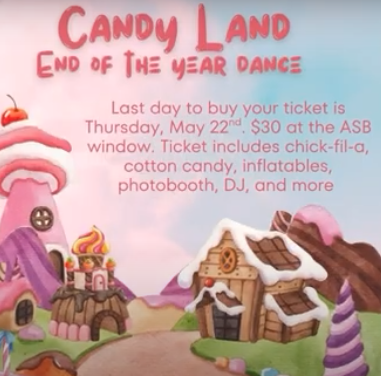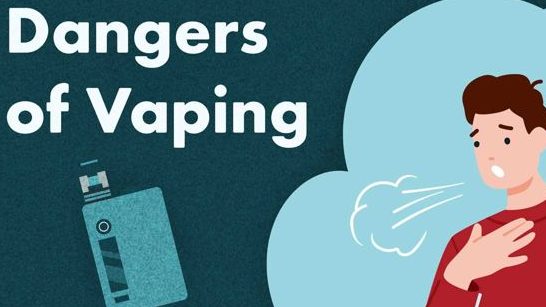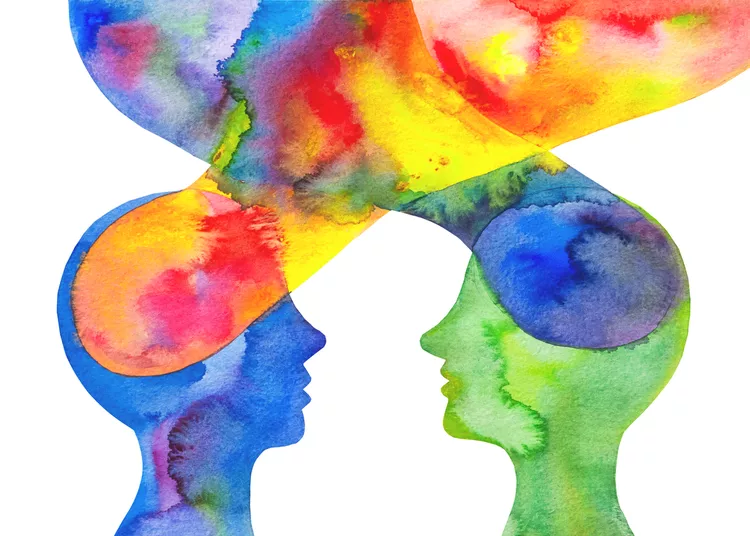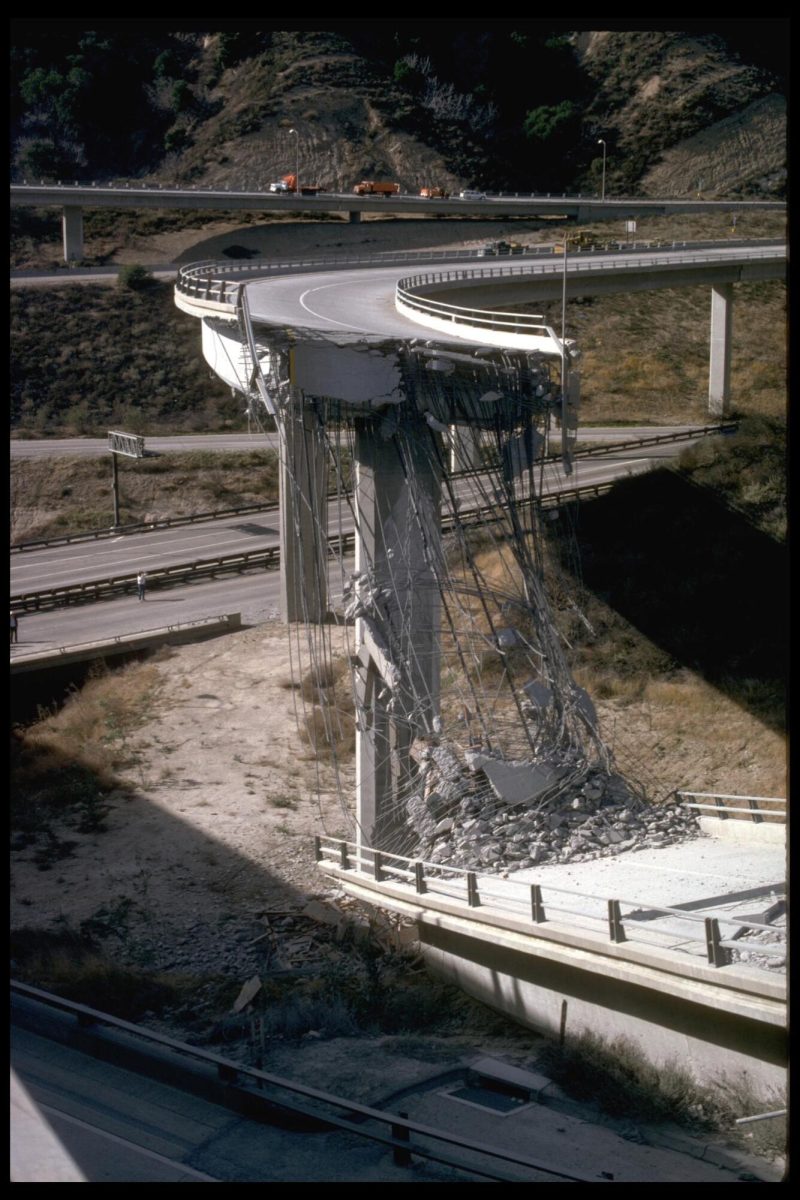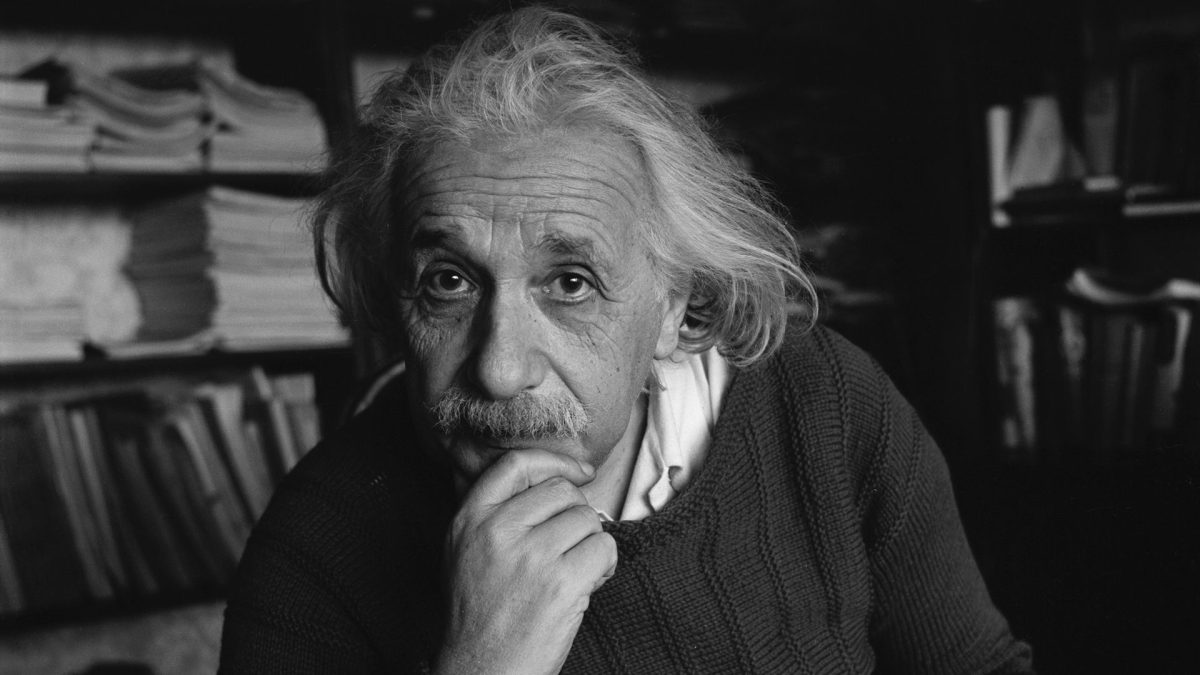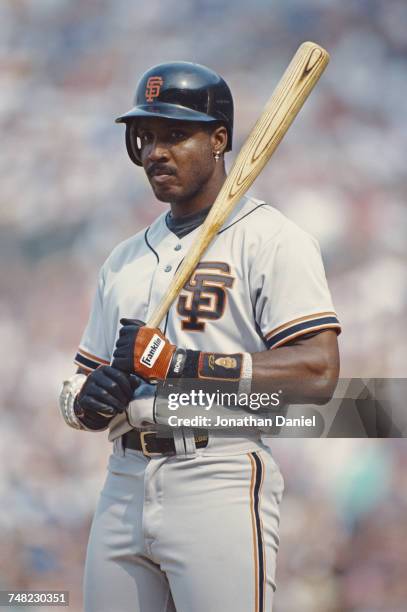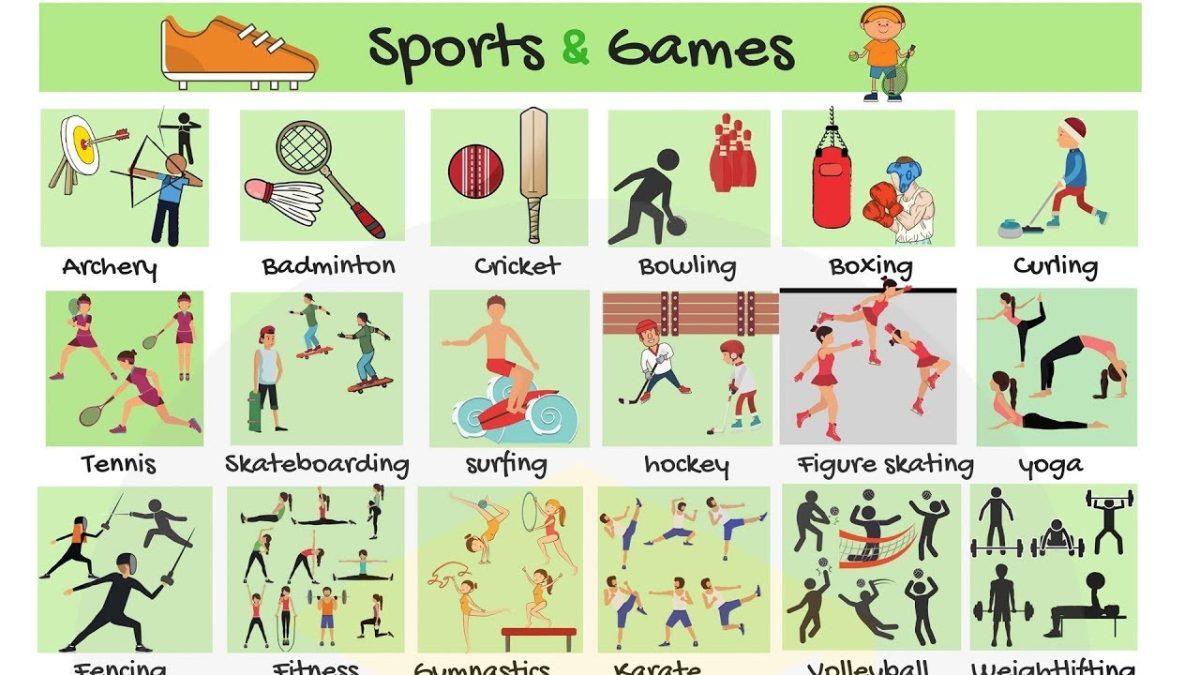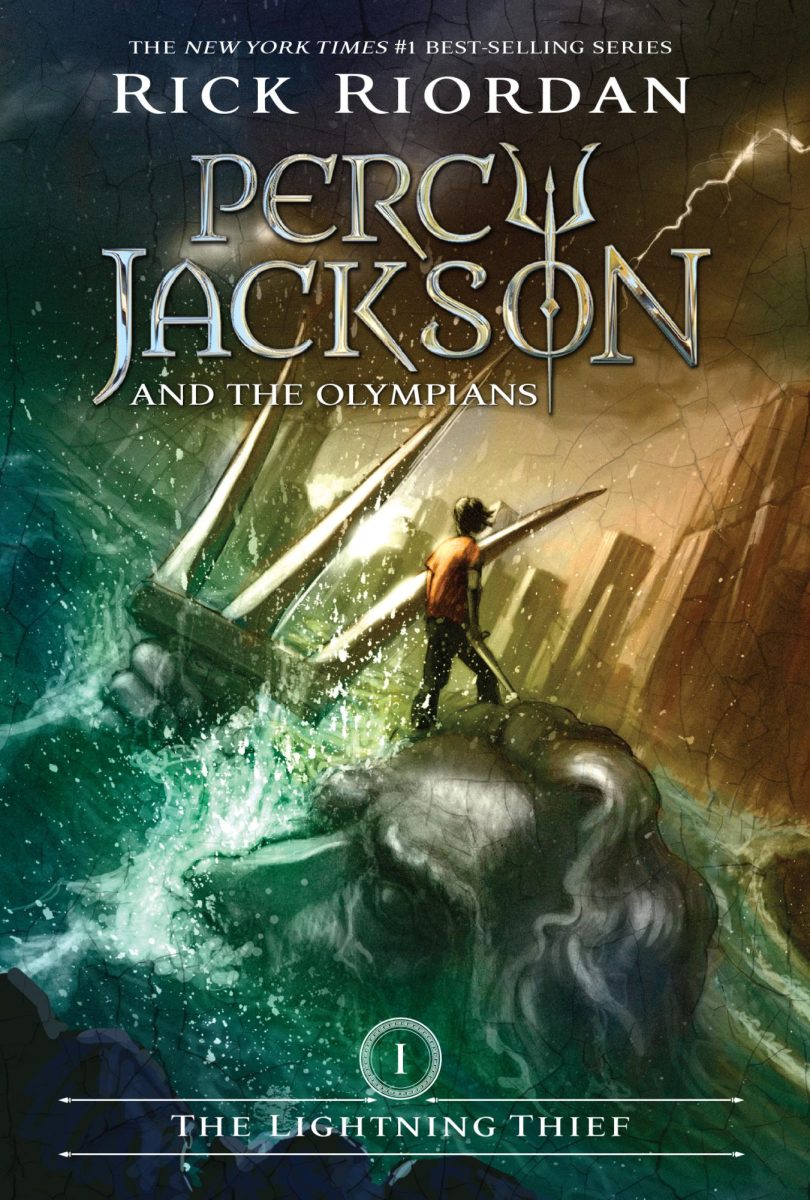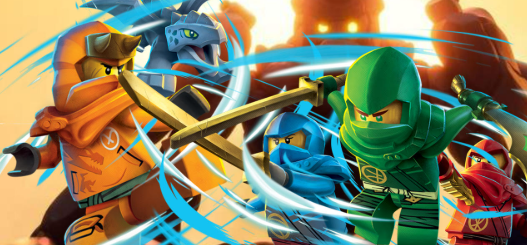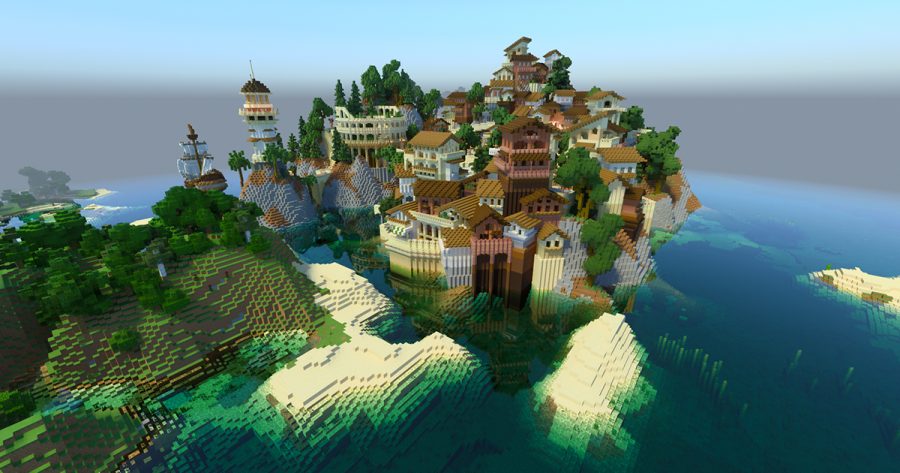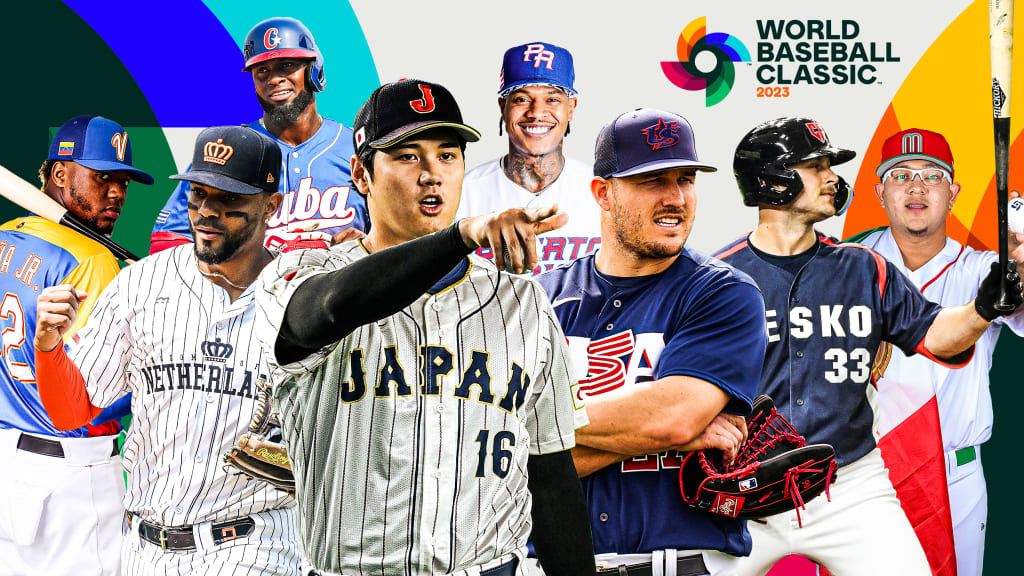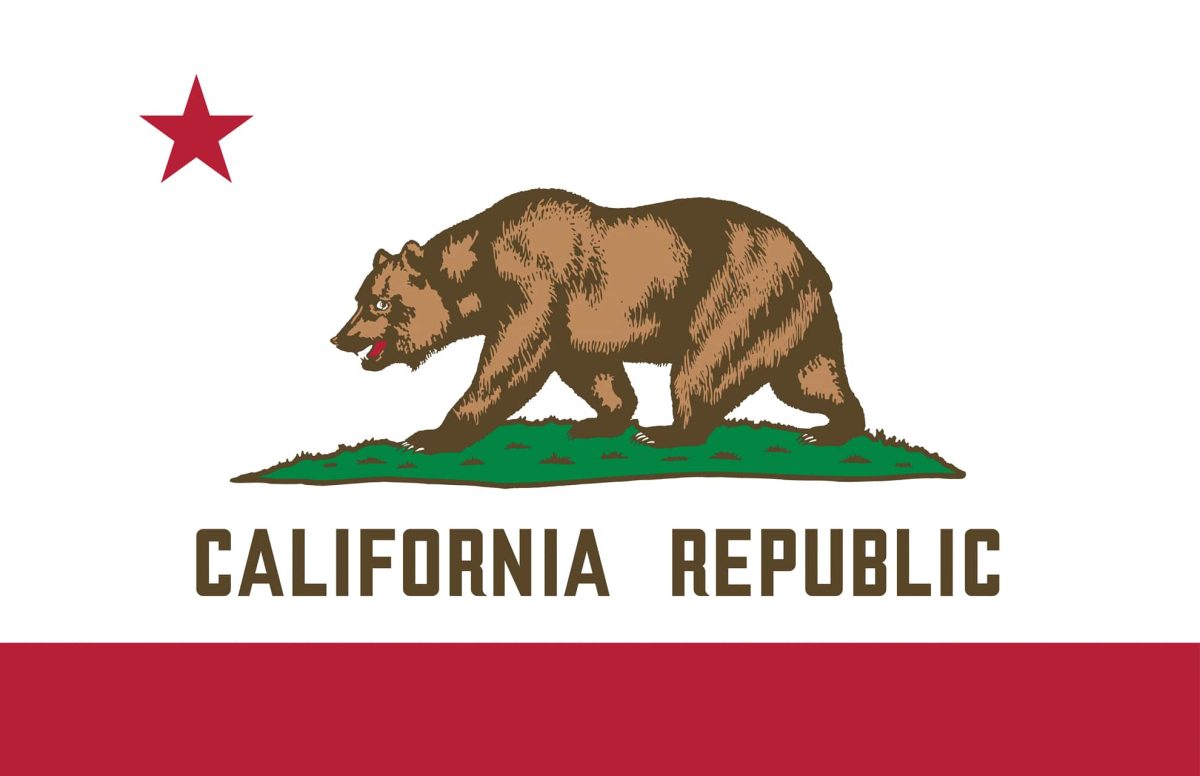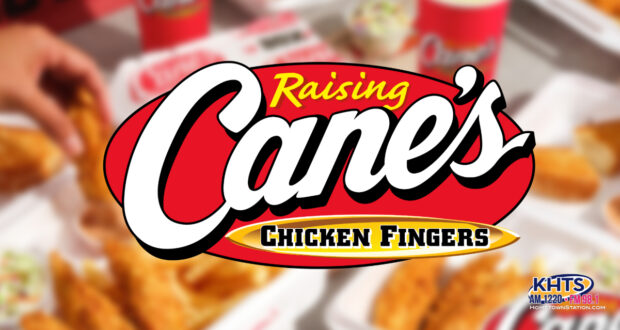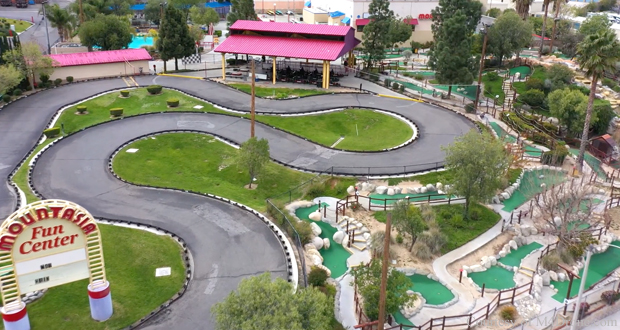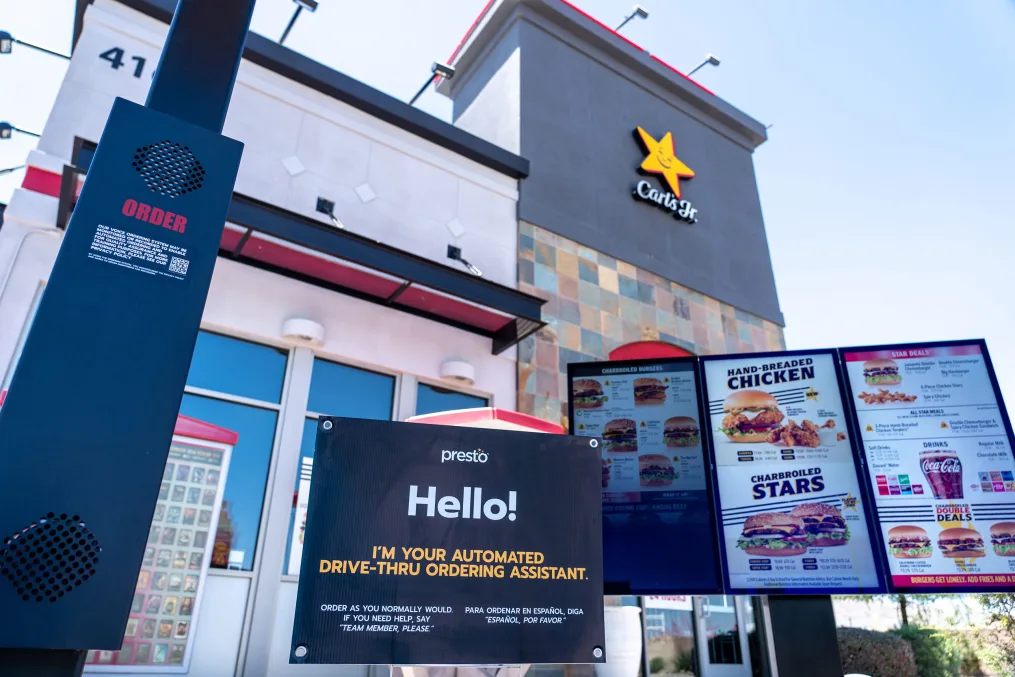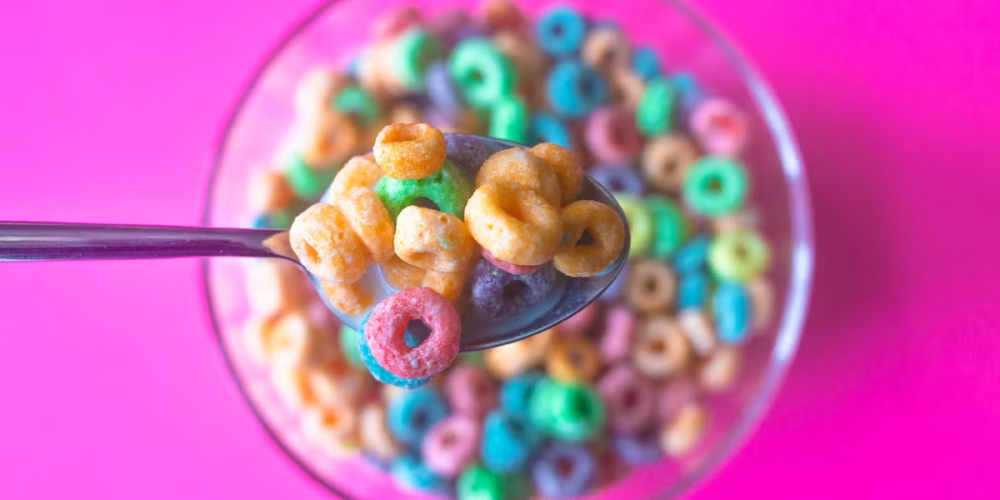The History Of Cereal
Cereal has been around since 1863, and there have been many improvements since then. From the first-ever cereal brand, Granula, to the first sweetened cereal, Ranger Joe Popped Wheat Honnies, to what we have today, like Cheerios and Frosted Flakes.

John Harvey Kellogg was a surgeon who used to run a spa in Michigan. He accidentally created cereal by leaving flour dough out overnight. The next morning, the dough had hardened, so he poured milk over it, making the first-ever cornflake cereal. In the early 1900s, John Harvey Kellogg and his younger brother learned how to repeat the process that created the flaky cereal and named it Corn Flakes. After adding a bit of sugar and

incorporating advertising, and thanks to Kellogg’s younger brother, they became the first food brand to include an in-box toy.
In the 1910s, Quaker Oats developed a method to force rice grains to explode under pressure, creating puffed rice and puffed wheat, a breakthrough in the cereal industry. In the early 1920s, a health clinician accidentally spilled a wheat bran mixture onto a hot stove, leading to the creation of a product later developed by General Mills that is named Wheaties. This cereal eventually became a rival to Rice Krispies. Around 30 years after World War II, Kellogg’s introduced Frosted Flakes and its famous mascot, Tony the Tiger. Tony helped the company improve its advertising with a more entertaining and funny character.

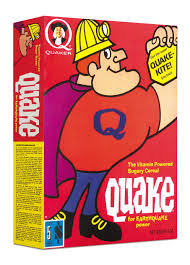
At the beginning of the 1960s, a pink alien in green clothes named Quisp became very popular. He and his rival, the minor character Quake, appeared in commercials, similar to the marketing strategy used for Cap’n Crunch and another Quake mascot during the decade. In the 1970s, popular cereals such as Fruity Pebbles and Cocoa Puffs were introduced, changing how companies marketed cereal due to the rising popularity of flavored varieties.
Recently, people have been eating less cereal due to concerns about its ingredients. Starting in the early 2020s, it became more common to eat healthier, leading to a decrease in the amount of cereal we eat. Another reason people eat less cereal is that they are eating out more, making fewer people enjoy the simplicity of cereal.

